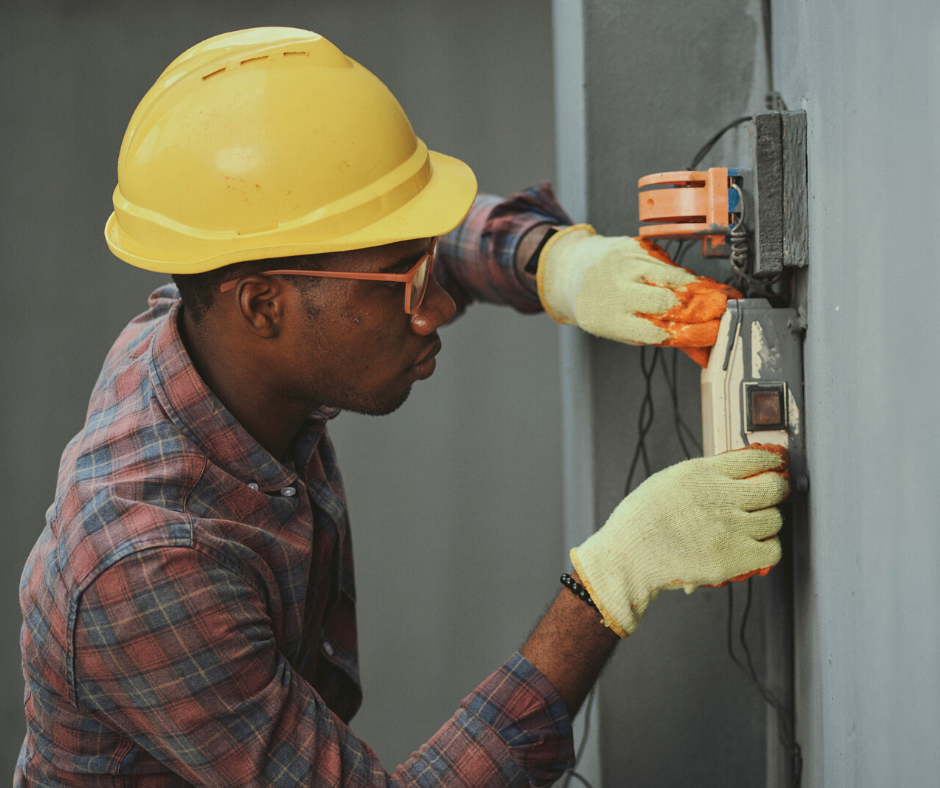Maintenance: Making Municipalities Run Better
News24’s Out of Order Index found that out of 257 municipalities, 39 did not provide electricity services to households. Added to this, there are frequent reports in the media about municipalities’ failing to maintain and repair streetlights. Maintenance is the crux of the service delivery issue that South Africa is faced with and is also the answer to how municipalities can run better.
Consider a car. If it isn’t maintained regularly, it will malfunction at some point. The same goes for municipal infrastructure. Failure to maintain this over a number of years has resulted at best in power disruptions and at worst in an inability to provide electricity at all.
Copper cable theft is also compounding the problems being experienced daily. Each time a piece of cable is illegally removed as a result of theft, more cable joints and cable are required to restore the power which would have been reliable prior to the theft and cable fault. The more joints in a MV distribution cable, the greater the impact on the network reliability in the long-term.
On a national scale, inadequate maintenance contributes to power outages, which is making matters even worse for the already aging network. Under normal circumstances, an electrical network is not switched off except for maintenance or repair. When load shedding, roughly 10 years’ worth of switching is done in a week which leads to further reliability issues and greater strain on electrical network infrastructure. Maintenance then needs to be done with greater frequency and on even more assets as these age quicker and need to be replaced sooner.
Theft of the electrical network is also increased during load shedding periods.
Consistent and quality maintenance is crucial
Regular maintenance is vital for municipalities to extend the life of the country’s aging infrastructure. It can also delay the capital expenditure required to install new infrastructure, which can help cash-strapped towns. Failures of large power assets like power transformers and feeder boards (switchgear) require CAPEX budgets to be deferred and overloaded networks then don’t get strengthened as planned.
It’s important to note that maintenance should be done using quality products that have a 40 -year plus lifespan. All too often, cheaper, non-compliant inferior products are installed which typically fail earlier than expected. The old adage comes to mind, goedkoop is duur koop which, loosely translated, means pay cheap prices and you’ll pay more in the long run. This is because even more time and money will need to be spent to fix the problem when the appropriate product could have been installed in the first place. Investment in the correct products, although marginally more expensive, will defer capital expenditure and future breakdowns.
Support is available to municipalities
Tank is currently involved in providing technical assistance and training on a number of municipal projects. Patrick O’Halloran, a senior member of the South African Institute of Electrical Engineers (SAIEE) and a member of the SAIEE Council says; “Skills of jointers are very critical to ensure products are installed correctly.”
As we know, lack of electricity presents massive challenges for citizens, not only in the short term with business interruptions and heightened safety concerns, but it also has long-term implications for housing development and job creation with projects being put on hold due to the inability of networks to supply electricity.
For a brighter future for utilities, municipalities and those who live in them, we need to future proof our electrical networks. Doing this effectively starts by ensuring that quality products that comply with technical specifications are used in new builds and in the network maintenance programme.
Written by: Clive Maasch, General Manager at Tank Industries

